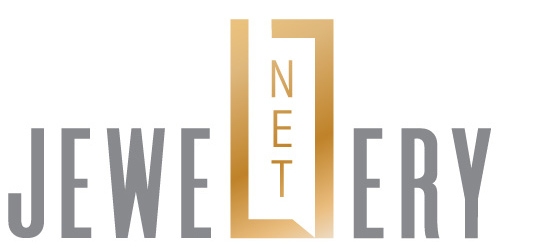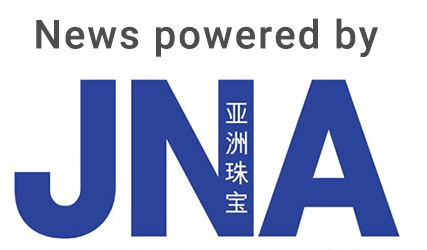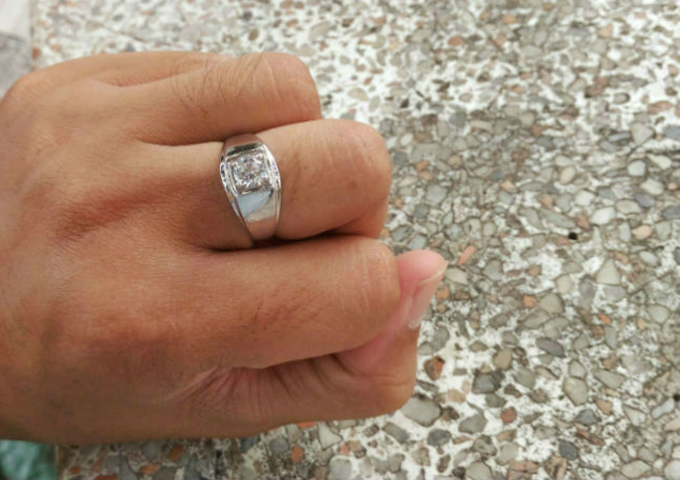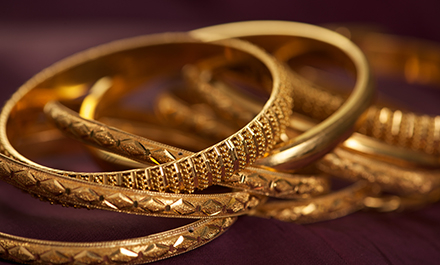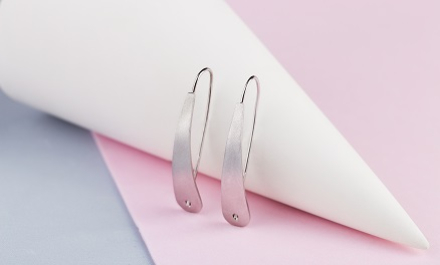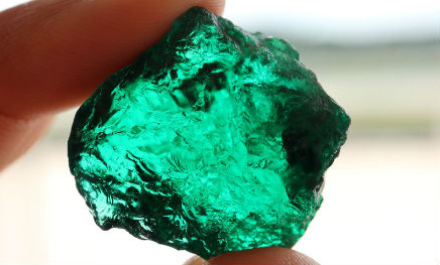India recorded an increase in shipments of polished lab-grown diamonds and other synthetic stones in June compared to the same period a year ago.
Data from the Gem and Jewellery Export Promotion Council (GJEPC) showed that polished lab-grown diamond exports rose 63.7 percent year on year in June while polished synthetic stones were up 365.22 percent. Rough lab-grown diamond exports dipped 86.51 percent.
The country’s cut and polished diamond exports meanwhile saw a 19.38 percent decline while coloured gemstone shipments fell 40 percent. Rough diamonds saw a 2.61 percent rise in overseas sales. Data also showed that gold jewellery shipments dropped 15.41 percent while silver jewellery improved by 73.76 percent. Gross overall exports were down 16.26 percent.
In another development, India is adopting a distinct eight-digit classification code for rough lab-grown diamonds in a bid to boost transparency in the trade. The ITC-HS Codes, or the Indian Trade Clarification based on the Harmonized System of Coding, were adopted in India to oversee import-export operations.
The new measure divides an earlier six-digit code into two categories – rough synthetic diamonds will now be covered by ITC-HS Code 7104.20.10, while other synthetic gemstones will be under HS Code 7104.20.90.
GJEPC said this development bolsters the industry’s efforts to keep trading channels for natural and synthetic diamonds separate.
“This will go a long way in strengthening the efforts of the council to monitor the two pipelines and maintain their integrity,” commented GJEPC Chairman Pramod Kumar Agrawal.
China has already put in place separate HS Codes, and from January 1, 2020, the EU will be implementing a different eight-digit CN code for synthetic diamonds. Russia, Australia and a few other countries are also likely to introduce such measures. The implementation of a HS Code by the World Customs Organisation is also likely to take place from January 1, 2022, noted GJEPC.
